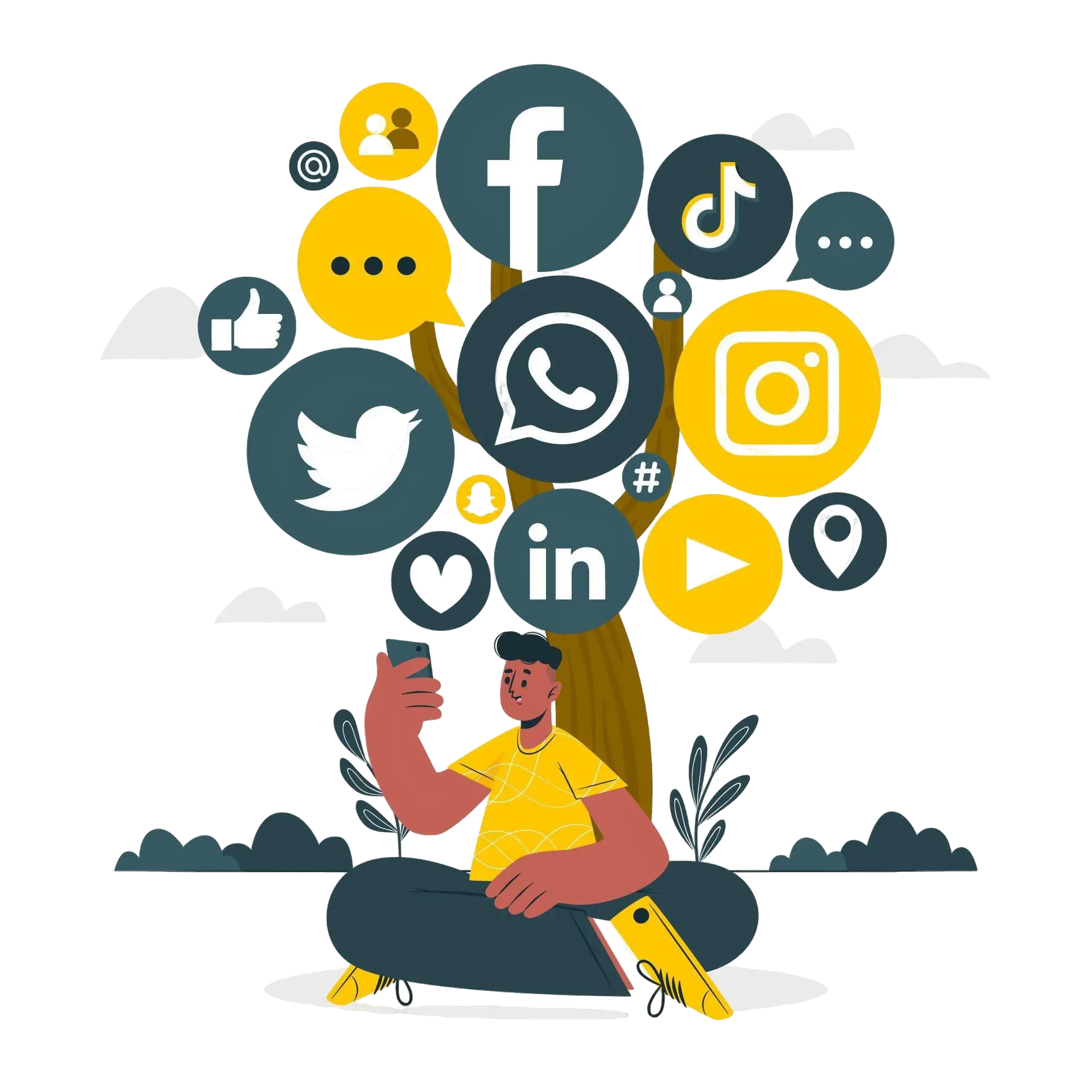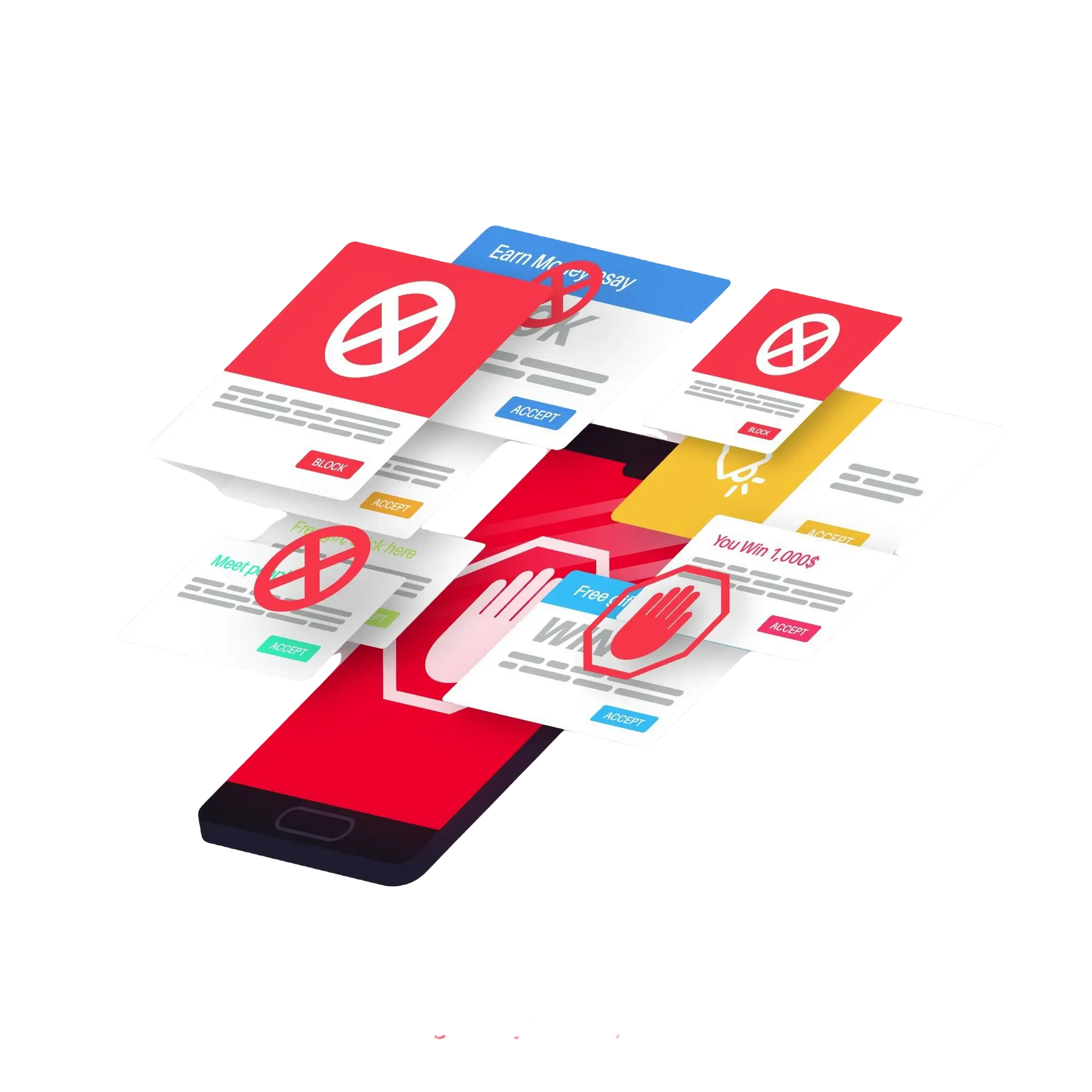Social media has converted the way human beings join, percentage, and eat facts. platforms like fb, Instagram, Twitter, and TikTok have end up vital to daily lifestyles, presenting users the opportunity to have interaction with others throughout the globe immediately. even as the benefits of social media are simple, along with fostering communication and supplying a platform for expression, issues have grown concerning its ability bad effect on intellectual fitness. this article delves into the tricky dating among social media and intellectual health, exploring both the blessings and downsides even as presenting insights into a way to navigate this virtual panorama responsibly.
The fantastic components of Social Media

1. Connection and community building
Social media bridges geographical gaps, allowing people to preserve relationships no matter distance. For people experiencing loneliness or isolation, structures offer a feel of belonging through digital communities and support organizations.
assist for mental health problems: numerous groups on structures like facebook and Reddit cater to individuals with unique intellectual health worries, providing peer help and shared assets.
Celebrating variety: Social media fosters reputation with the aid of giving marginalized agencies a voice, selling inclusivity and consciousness.
2. academic possibilities and cognizance
Social media serves as an information hub, educating users approximately intellectual fitness problems, coping strategies, and to be had assets.
get right of entry to to specialists: mental fitness specialists use platforms to share knowledge and sell attention, making mental fitness records extra handy.
Campaigns and movements: actions like #MentalHealthAwareness or #EndTheStigma inspire open discussions, reducing the stigma around looking for assist.
3. innovative Expression
platforms like Instagram, YouTube, and TikTok allow customers to show off their creativity through photography, movies, music, and artwork. for plenty, these outlets act as therapeutic equipment, fostering self-expression and boosting.
4. professional Networking and possibilities
Social media systems like LinkedIn provide professional networking opportunities, helping customers build careers and find job potentialities.
Showcasing competencies: users can display their understanding and accomplishments, main to profession increase.
getting to know resources: Many platforms offer free or cheap academic content, permitting users to learn new capabilities.
The poor elements of Social Media
1. Comparison and Self-Esteem Issues
One of the most significant drawbacks of social media is the culture of comparison it fosters. Users often compare their lives to the seemingly perfect, curated versions of others’ lives presented online.
Unrealistic Standards: Filters and photo editing create unattainable beauty standards, leading to body dissatisfaction and low self-esteem.
Fear of Missing Out (FOMO): Constant exposure to others’ highlights can lead to feelings of inadequacy and anxiety.
2.Addiction and Overuse
The addictive nature of social media is a growing concern. Features like endless scrolling and instant notifications are designed to keep users engaged, often at the expense of their mental well-being.
Sleep Disruption: Excessive use of social media, especially before bedtime, interferes with sleep quality and patterns.
Reduced Productivity: Prolonged usage detracts from time spent on meaningful activities, fostering stress and burnout.
3.Cyberbullying and Harassment
on line systems can emerge as breeding grounds for negativity, with many users experiencing cyberbullying or harassment.
Emotional misery: victims of cyberbullying regularly revel in depression, anxiety, and in extreme cases, suicidal thoughts.
Trolling lifestyle: poor remarks and assaults can have a profound mental effect, particularly on younger users.
4. impact on kids
youngsters are mainly liable to the intellectual health consequences of social media. Their developing brains and heightened sensitivity to peer have an effect on cause them to at risk of each the fine and bad components of social media.
Social tension: teenagers often sense pressured to preserve a positive on line persona, which could lead to strain and tension.
academic overall performance: excessive time spent on-line can also detract from research, affecting academic outcomes.
5. privateness and safety issues
Social media platforms frequently gather enormous amounts of private information, elevating worries approximately privateness and protection.
information Breaches: users risk having touchy facts exposed at some point of data breaches.
identity theft: Public sharing of private facts can make customers liable to fraud.
medical Insights and studies
severa research have examined the hyperlink between social media use and intellectual fitness:
A 2019 study: posted inside the magazine JAMA Psychiatry, this examine discovered a correlation between improved social media utilization and heightened symptoms of melancholy and anxiety amongst teenagers.
The function of Dopamine: Social media triggers the release of dopamine, a chemical associated with delight and praise, contributing to its addictive nature.
positive effects of slight Use: A 2020 study with the aid of the Royal Society for Public fitness highlighted that slight use of social media can beautify social connections and reduce emotions of isolation.
The Worst elements of Social Media

1. spread of misinformation
Social media is a double-edged sword in relation to facts sharing. whilst it could unfold awareness, it is able to also propagate incorrect information at an alarming charge.
fitness dangers: false health advice, including anti-vaccine propaganda, can have dire effects.
Political Manipulation: incorrect information campaigns can have an impact on elections and sow discord amongst populations.
2. Polarization and Echo Chambers
Algorithms on social media platforms often create echo chambers, reinforcing customers’ existing ideals and contributing to societal polarization.
decreased Open-Mindedness: users might also become less inclined to bear in mind differing viewpoints.
expanded Hostility: Polarized environments can cause more common and severe conflicts online.
3. mental health Crises
For some, social media exacerbates pre-present intellectual health conditions, main to crises.
Self-damage: exposure to dangerous content can trigger self-damage behaviors, in particular among vulnerable users.
Suicidal Ideation: Unfiltered get admission to to dangerous groups can normalize or even encourage suicidal mind.
strategies for accountable Use
1. putting boundaries
developing limits on social media usage can help mitigate its bad outcomes.
Time control: Apps like “display screen Time” on iOS or “virtual health” on Android permit customers to display and limit time spent on social media.
tool-loose Zones: organising areas or instances where devices aren’t used, consisting of all through food or before bedtime, can improve normal nicely-being.
2. Curating content
Being selective about the accounts and content accompanied can create a extra effective on line environment.
follow Inspirational accounts: have interaction with content that uplifts and motivates.
keep away from toxic Interactions: Block or unfollow bills that sell negativity or unrealistic standards.
3. looking for professional help
For people struggling with the intellectual fitness effects of social media, looking for expert aid is vital.
remedy: Cognitive Behavioral therapy (CBT) can help deal with troubles like anxiety and occasional connected to social media use.
digital Detox packages: specialized applications offer techniques to reduce dependency on social media.
The role of Social Media groups
Social media systems have a full-size role to play in mitigating their effect on intellectual fitness:
algorithm Transparency: groups need to provide extra transparency approximately how algorithms have an impact on what customers see.
selling digital properly-being: capabilities like “Take a destroy” reminders and the choice to hide likes intention to reduce pressure and tension.
Strict Anti-Harassment regulations: imposing policies to fight cyberbullying and harassment is important for growing safer on line spaces.
© 2025 TechHelper • All Rights Reserved
